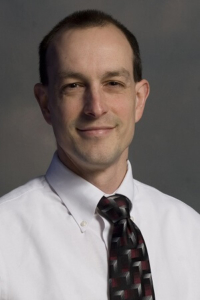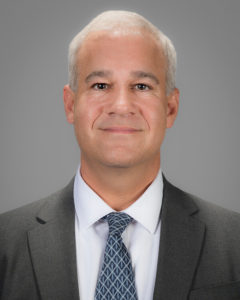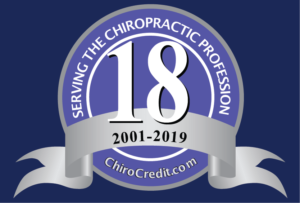
In this episode, Dr. Robert Vining and I discuss his involvement in chiropractic research at a specialty hospital in New Hampshire, low back pain classification and strategies on how to implement evidence into practice. Dr. Vining is an Associate Professor and Research Clinic Director at the Palmer Center for Chiropractic Research, Palmer College of Chiropractic. Beginning in private practice in Pennsylvania, he eventually transitioned to the role of clinician/educator, teaching courses in clinical biomechanics at Cleveland Chiropractic College (now Cleveland University), and serving as a teaching clinic director at Logan College of Chiropractic. More recently, Dr. Robert Vining has taken on the role of clinician/scientist, serving as a co-investigator on 11 federally funded clinical studies including those conducted within Veterans Affairs and the US Department of Defense health systems. He was also co-principal investigator on a series of privately funded research projects focused on integrating chiropractic care into a rehabilitation specialty hospital. Dr. Vining is a lead or co-author on over 30 peer reviewed scientific journal articles, 2 book chapters, and numerous other publications related to chiropractic care, musculoskeletal diagnosis, and translating research evidence into clinical practice.
You can view Dr. Vining’s research articles at researchgate.
How to cite this episode:
Smith DL. Chiropractic Science: Interdisciplinary Care and Strategies to Incorporate Evidence Into Practice With Dr. Robert Vining [internet]. Eaton, Ohio; Aug 7, 2018. Podcast: 1:21:13. Available from: https://chiropracticscience.com/podcast/drrobertvining/
| 1. | “Be good, communicate, and collaborate”: a qualitative analysis of stakeholder perspectives on adding a chiropractor to the multidisciplinary rehabilitation team. |
| Salsbury SA, Vining RD, Gosselin D, Goertz CM. | |
| Chiropr Man Therap. 2018 Jun 22;26:29. doi: 10.1186/s12998-018-0200-4. eCollection 2018. | |
| PMID: 29977521 [PubMed – in process] Free PMC Article | |
| Similar articles |
| 2. | Patients receiving chiropractic care in a neurorehabilitation hospital: a descriptive study. |
| Vining RD, Salsbury SA, Cooley WC, Gosselin D, Corber L, Goertz CM. | |
| J Multidiscip Healthc. 2018 May 3;11:223-231. doi: 10.2147/JMDH.S159618. eCollection 2018. | |
| PMID: 29760552 [PubMed] Free PMC Article | |
| Similar articles |
| 3. | Interdisciplinary rehabilitation for a patient with incomplete cervical spinal cord injury and multimorbidity: A case report. |
| Vining RD, Gosselin DM, Thurmond J, Case K, Bruch FR. | |
| Medicine (Baltimore). 2017 Aug;96(34):e7837. doi: 10.1097/MD.0000000000007837. | |
| PMID: 28834891 [PubMed – indexed for MEDLINE] Free PMC Article | |
| Similar articles |
| 4. | An evidence-based diagnostic classification system for low back pain. |
| Vining R, Potocki E, Seidman M, Morgenthal AP. | |
| J Can Chiropr Assoc. 2013 Sep;57(3):189-204. | |
| PMID: 23997245 [PubMed] Free PMC Article | |
| Similar articles |

 Join Dr. John Mayer and I as we discuss his extensive clinical and research experience in therapeutic exercise, wellness, chiropractic and first responders. John M. Mayer, DC, PhD, CCRP, FACSM is the Lincoln Endowed Chair in Biomechanical & Chiropractic Research, Executive Director of the Center for Neuromusculoskeletal Research, and Professor of the School of Physical Therapy & Rehabilitation Sciences, Morsani College of Medicine, University of South Florida. He is Director of Research and Innovation for U.S. Spine & Sport Foundation, Chief Scientific Officer of Excellcior LLC, and Co-Founder of Pillar of Health LLC
Join Dr. John Mayer and I as we discuss his extensive clinical and research experience in therapeutic exercise, wellness, chiropractic and first responders. John M. Mayer, DC, PhD, CCRP, FACSM is the Lincoln Endowed Chair in Biomechanical & Chiropractic Research, Executive Director of the Center for Neuromusculoskeletal Research, and Professor of the School of Physical Therapy & Rehabilitation Sciences, Morsani College of Medicine, University of South Florida. He is Director of Research and Innovation for U.S. Spine & Sport Foundation, Chief Scientific Officer of Excellcior LLC, and Co-Founder of Pillar of Health LLC
